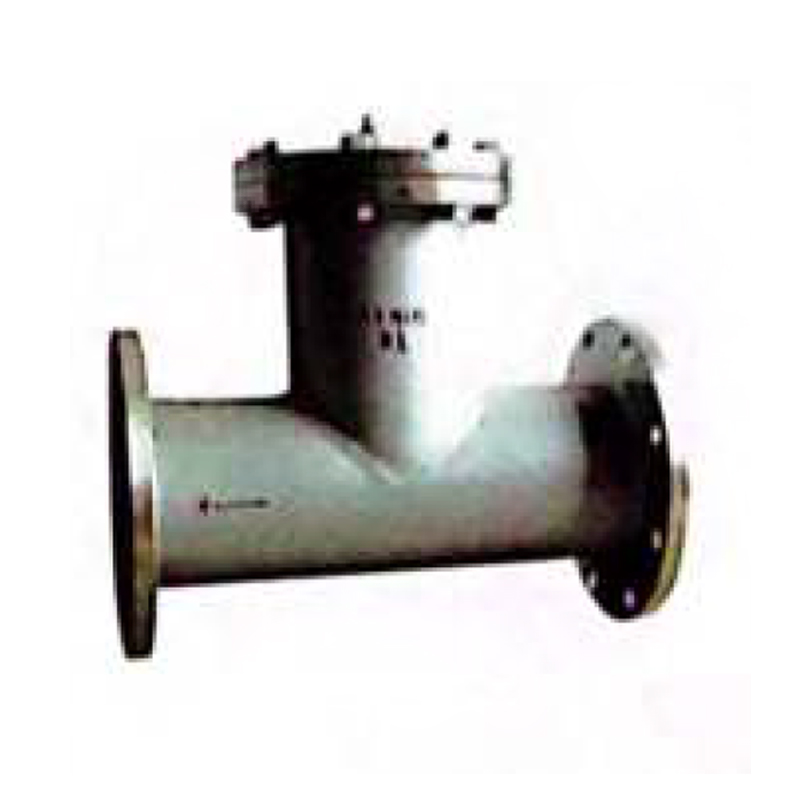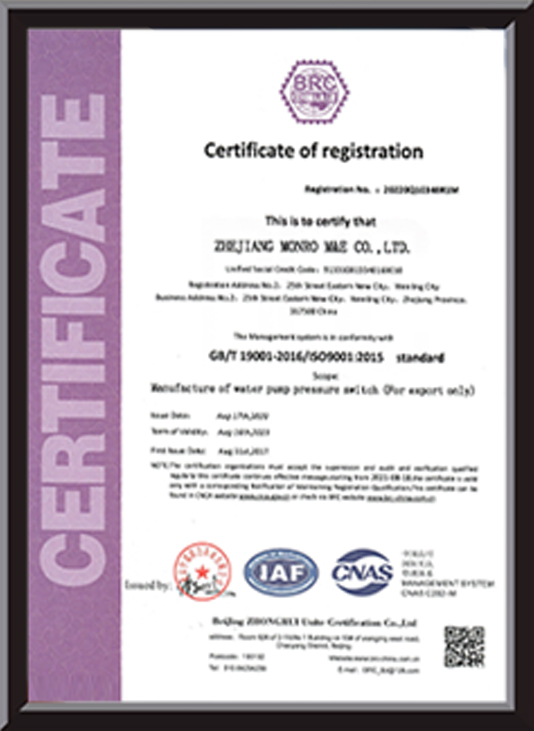The ST34 Flange Connection Right Angle T-type Strainer is a compact filtration device designed for pipelines where space is limited or a 90° flow direction change is needed. It efficiently removes solid particles while minimizing pressure drop.
ST34 Flange Connection Right Angle T-type Strainer
Key Features:
1. Right-Angle (90°) Design
- Redirects flow by 90°, making it ideal for tight spaces or vertical/horizontal transitions.
- Lower pressure drop compared to conventional basket strainers.
2. Flange Connection
- Standard flange options: ANSI B16.5, DIN, GB/T, JIS, etc.
- Common pressure ratings: PN10/16/25 (Class 150/300).
3. T-Type Configuration
- The "T" shape houses the filter screen, allowing easy access for cleaning/replacement without full pipeline disassembly.
4. Filter Screen Material
- Stainless steel (304/316) mesh or perforated plate (common mesh: 20–100).
- Removable for maintenance.
5. Blowdown Valve (Optional)
- Some models include a drain valve for debris removal without opening the strainer.
Typical Applications:
- Steam systems (high-temperature resistance)
- Oil & gas pipelines
- Chemical processing (corrosion-resistant materials available)
- Water treatment & HVAC
Materials & Standards:
- Body Material:
- Cast iron (WCB) – General use
- Carbon steel (A105) – High-pressure applications
- Stainless steel (CF8/CF8M) – Corrosive environments
- Seals: NBR, EPDM, PTFE (for chemical/thermal resistance).
- Standards: ANSI, DIN, GOST, JIS, GB (specify required standard when ordering).
Advantages Over Straight-Through Strainers:
- Space-saving due to 90° design.
- Easier maintenance in cramped installations.
- Lower turbulence compared to basket strainers.
Maintenance Tips:
1. Regularly inspect the screen for clogs (frequency depends on fluid cleanliness).
2. Clean/replace the screen via the T-body cover (no pipe cutting needed).
3. For models with a blowdown valve, purge debris periodically.
| Nominal diameter(DN) | Size | b | |
| L1 | L2 | ||
| 50 | 230 | 115 | R3/8" |
| 65 | 260 | 130 | R3/8" |
| 80 | 280 | 140 | R3/4" |
| 100 | 350 | 175 | R3/4" |
| 150 | 450 | 225 | M20 1.5 |
| 200 | 500 | 250 | M20 1.5 |
| 250 | 590 | 295 | M20 1.5 |
| 300 | 680 | 340 | M20 1.5 |
| 350 | 790 | 395 | M22 1.5 |
| 400 | 850 | 425 | M22 1.5 |
| 500 | 1000 | 500 | M22 1.5 |
| 600 | 1200 | 600 | M22 1.5 |

With high-quality products, good reputation and high-quality service, our products sell well in more than 20 provinces, cities and autonomous regions in China. We sincerely cooperate with domestic and foreign merchants for win-win cooperation, common development and common prosperity.
In the future, Zhejiang Xiongxiang Valve will continue to uphold the concept of "quality-oriented, customer first", continue to innovate, work together with global partners for win-win results, and create a trustworthy fluid control brand!
-
In power plants, the ability to precisely control the flow of fluids—whether it be steam, water, or gas—is critical to ensuring efficient an...
READ MORE -
Effective flow regulation is essential for preserving cost-effectiveness, safety, and operational efficiency in industrial processes. Among ...
READ MORE -
In the world of industrial fluid control systems, ensuring the reliability of the equipment used is critical. ANSI globe valve and ANSI butt...
READ MORE -
In many industrial fluid systems, two terms routinely appear together: ANSI Y Type Strainer and Cast Steel Y Type Strainer. The former refer...
READ MORE -
Combining ANSI-compliant dimensions and pressure classes with cast steel material ensures that the resulting strainer isn’t just a generic Y...
READ MORE -
When engineers search for reliable filtration solutions in industrial piping, two terms frequently arise: ANSI Y Type Strainer and Cast Stee...
READ MORE

 English
English 中文简体
中文简体




